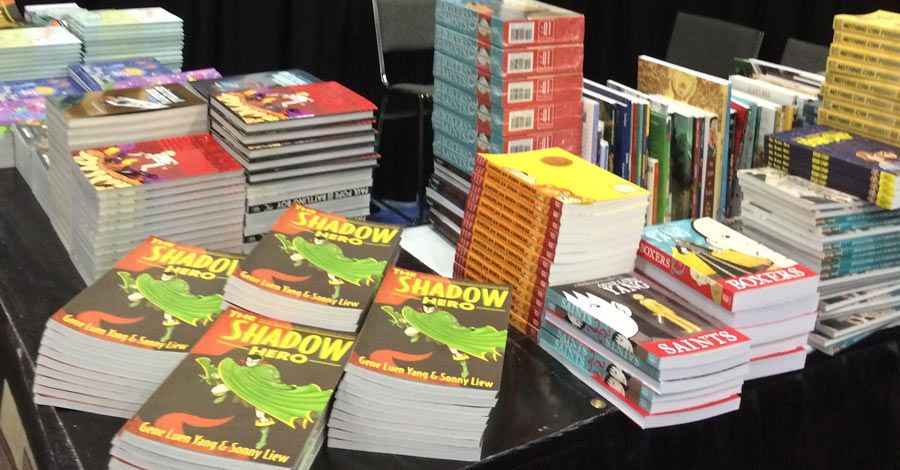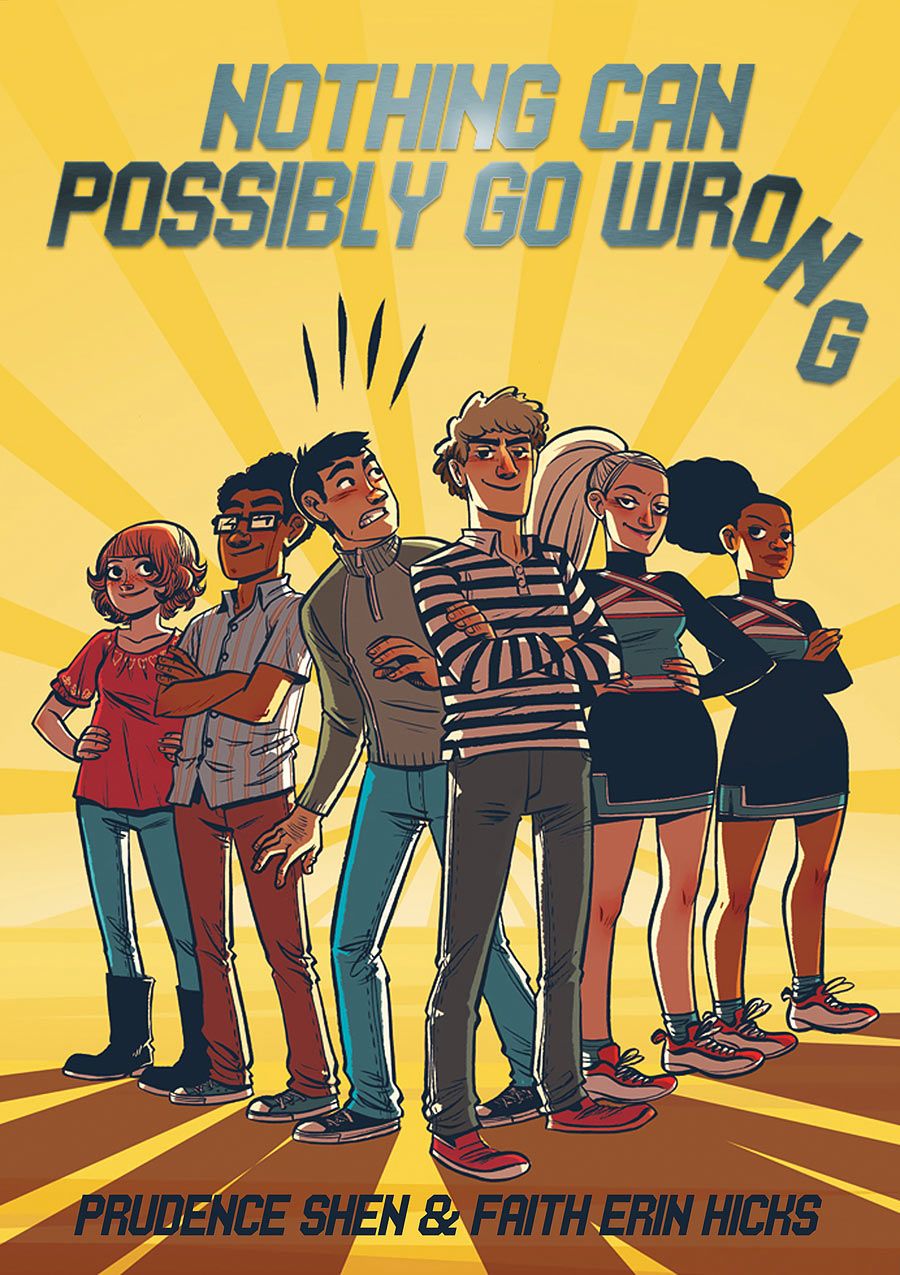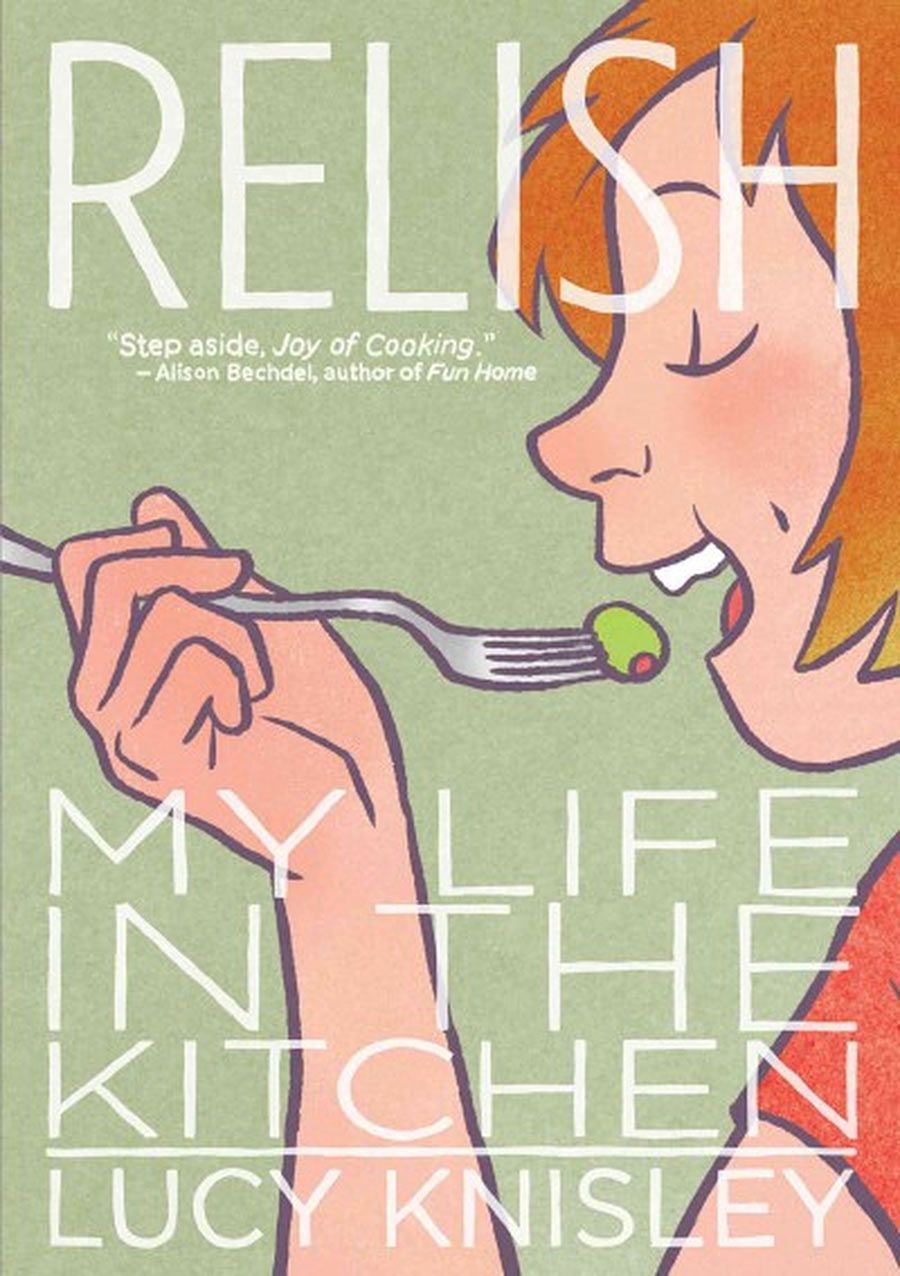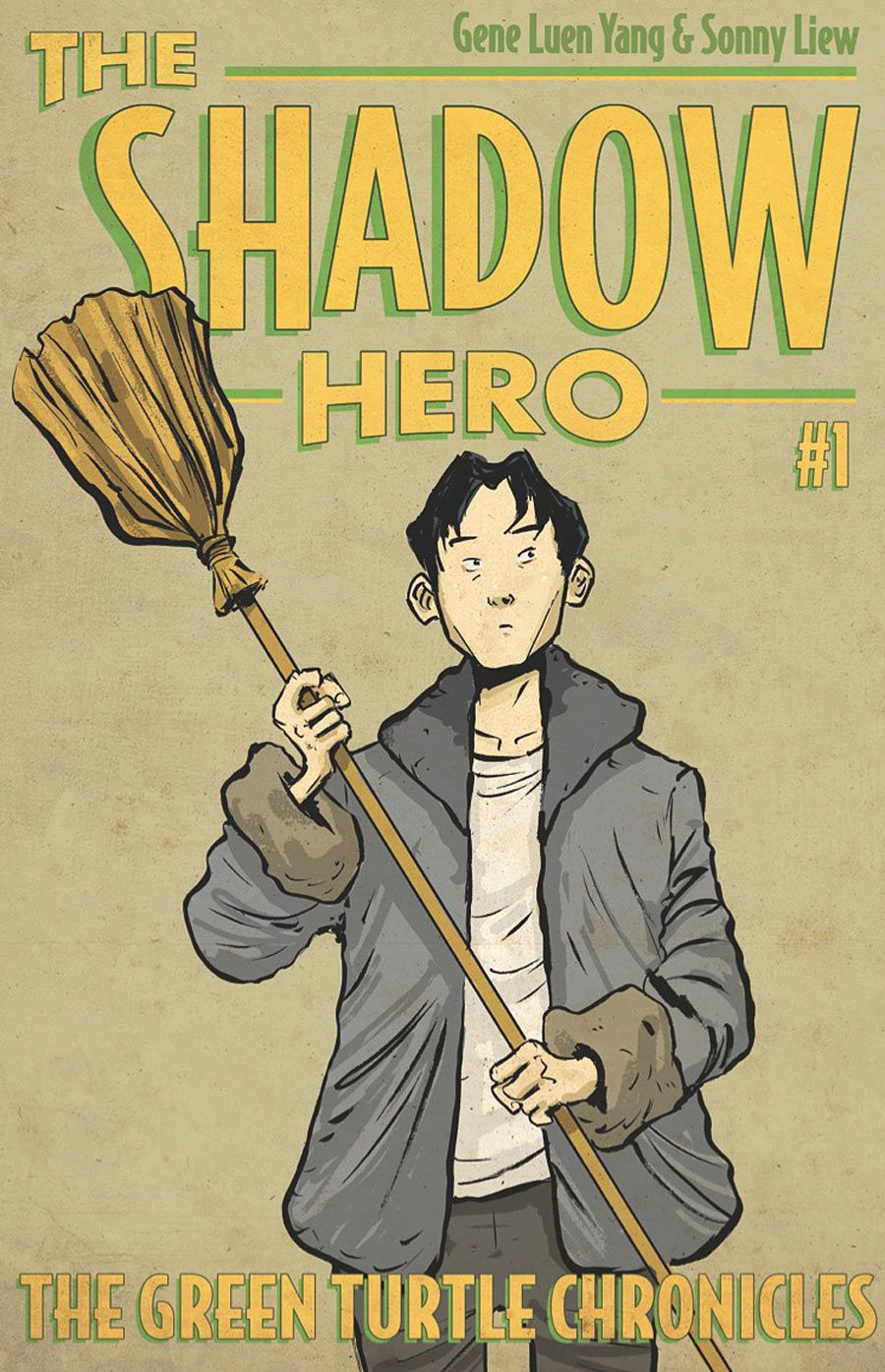First Second creators Faith Erin Hicks ("Friends With Boys," "Nothing Can Possibly Go Wrong"), Lucy Knisley ("Relish"), Paul Pope ("Battling Boy") and Gene Luen Yang ("The Shadow Hero," "American Born Chinese") joined senior editor Calista Brill on Sunday at Comic-Con International in San Diego to discuss the creative process and the world of publishing. The panel included two 2014 Eisner winners: Pope won Best Publication for Teens (Ages 13-17) with "Battling Boy," published by First second, and Hicks won Best Publication for Kids (Ages 8-12) with "Adventures of Superhero Girl," published by Dark Horse.
Established in 2006, First Second is an imprint of Macmillan Publishers, one of the "Big-5" trade publishers in the United States. Uniquely positioned between the comics scene and conventional publishing, First Second publishes with a focus on graphic novels for a young audience. "It's a space that we're really happy to be in because part of our raison d'etre is to introduce comics to book readers, and also to create graphic novels that have a very wide appeal to a very wide group of people," explained Brill.
RELATED: Faith Erin Hicks, Raina Telgemeier & Calista Brill Discuss the World of Graphic Novels
Brill asked the panelists to what extent they think about the eventual reader while creating their books. "Thinking about a particular audience is a fairly new experience for me," Hicks said. Though her first comic, "Demonology 101," featured teens facing the supernatural, she considers its appeal to a teen audience "more of a coincidence than anything." She is currently working on a middle-grade series, "The Nameless City," scheduled for a 2016 release, which has forced her to consider the younger audience. "Up until this point, I've just written and drawn books that I would personally like to read," she said.
Knisley shared a similar experience. "Everyone should read what I want to read," she joked. She was surprised that her books have found such a wide audience among both comics fans and foodies alike.
"When I started doing comics, I didn't think about age demographics at all," said Yang. But he has found a home in YA in recent years, between original projects and his work on the "Avatar: The Last Airbender" comics for Dark Horse. "I think I have a natural prudishness that keeps me from going beyond YA."
Pope was the only creator that set out to write for a younger audience. "I felt like there was one area lacking: comics made for kids that don't use old characters or pander to kids." He brought his idea for a kid superhero to First Second editorial director Mark Siegel, and it went on to become the Eisner Award-winning "Battling Boy." A prequel to "Battling Boy," "The Rise of Aurora West," will be released September 30.
On the transition from self-publishing to working with a publisher, Hicks joked that she was surprised to have a career at all. "I started to get into comics for fun, and I never thought that I would be a professional." She found working with a publisher to be, "terrifying at first, because I thought that eventually they would notice that I was a terrible cartoonist and they would fire me immediately!"
When moving from comics publishers to a book publisher, Yang was surprised by being paid an advance for his work. "When I worked with independent comic book publishers, I handed in my work, they printed it, they sold it, and if any money was to be made at the back end I would get a cut. It was kind of life changing when advances came into my life."
Asked about influences and inspiration Pope said that, in addition to Moebius and Jack Kirby, one of his biggest inspirations was Carl Barks. "It's so simple and it's so universal. It's almost mysterious how good he is, how consistent he is, how adaptable the material is to readers of every possible age." He also cited Napoleon Hill's "Think and Grow Rich" as a great influence on his working style.
SDCC: Gene Yang, Scott McCloud Discuss Race, Religion & Storytelling Structure
Hicks said Jeff Smith's "Bone" heavily influenced her. She found the series after she had already started creating her own comics, at the age of 21. "It was a revelation to me," she said. "The artwork was astonishingly different from anything I had ever read, his pacing was incredible, and he had these wonderful female characters."
Knisley explained that Hope Larson, creator of "Gray Horses," influenced both her art and her career; the two met because of Knisley's comic in a campus newspaper at the Art Institute of Chicago. "Not to discount her wonderful art and books, which I love and which have been a great influence to me, but just that act of sharing, of opening the fold to me, was one of the biggest influences. That was a major thing to happen to me: to sit at a table with Hope Larson and Brian Lee O'Malley when I was 19."
Yang said his career was similarly influenced by a group of cartoonists from the San Francisco Bay area who gathered on Tuesday nights, including Derek Kirk Kim, Jesse Hamm, and Lark Pien. "That really was my art school," he said.
All four creators reiterated how much their work had grown and improved over the courses of their careers as the First Second panel drew to a close.




